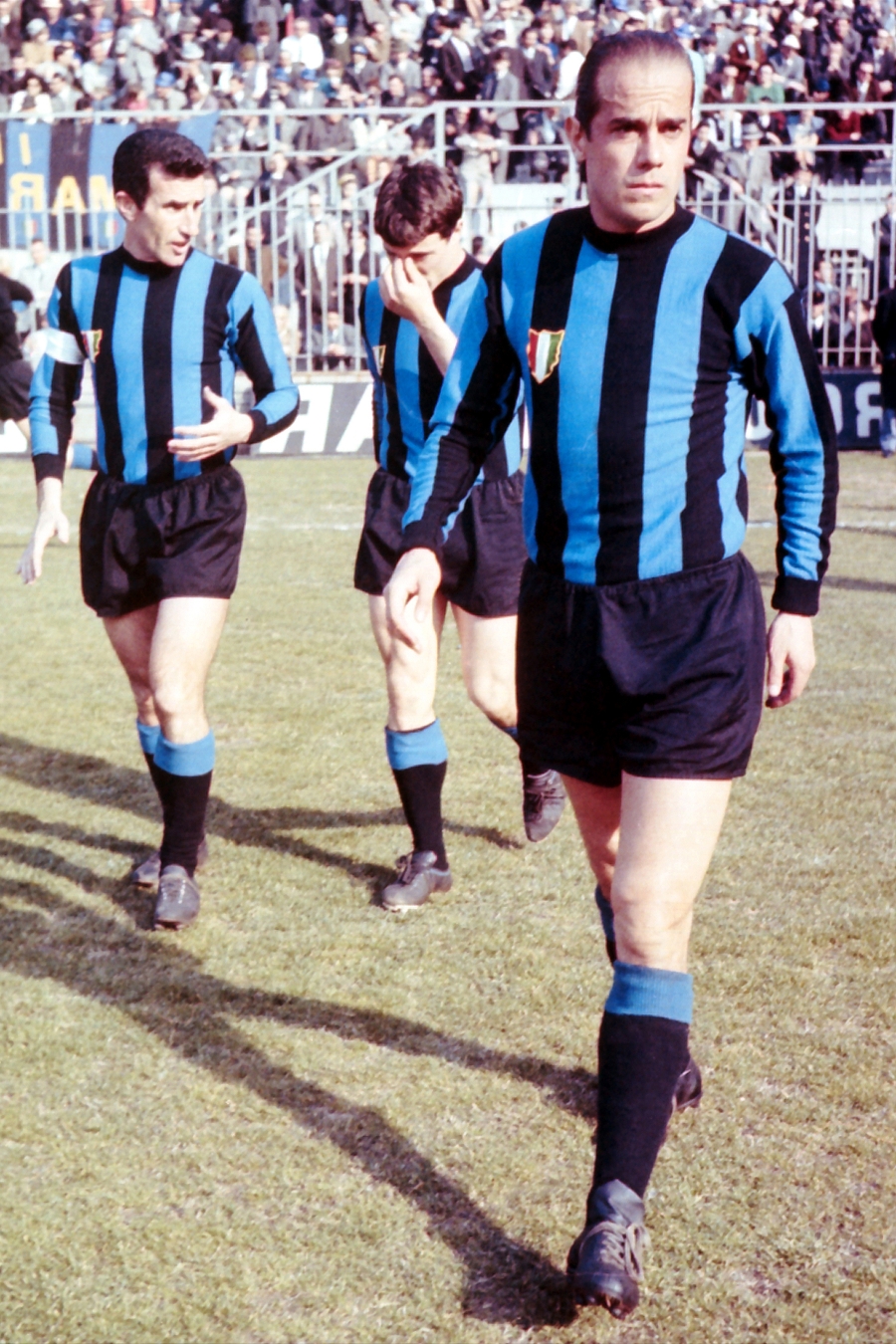For the younger generation of football fanatics, the name Luis Suarez may bring about such images as infamous goal line handling, shoulder nibbling or John Ruddy picking the ball out of his net.
However, before the emergence of a certain grizzly Uruguayan, there once was a player who went by the same name who will be forever remembered for his passing range, dynamism and for also being the only ever Spanish born Ballon D’Or winner.
A Barcelona Legend
Affectionately known as ‘Luisito,’ Luis Suarez Miramontes was raised in the working class town of A Coruña in the Galicia region of Spain and was soon picked up by his local club Deportivo La Coruña. After just seventeen matches in the first team, he was then signed by giants Barcelona and immediately sent out to their reserve side.
Upon his return, Suarez was thrust immediately into greatness and became part of a team that boasted Hungarian Magyars Ladislao Kubala, Zoltán Czibor and the prolific Sandor Kocsis that was coached by legendary Catenaccio inhibitor Helenio Herrera.
Success with the Nou Camp giants followed for Suarez as he was able to pick up league titles, cup wins but most prestigiously the 1960 Ballon D’Or. Defeat in the 1961 European Cup Final to Eusebio’s Benfica proved to be pivotal as this was to be the last that fans of the Catalan giants were to see of Suarez.
Suarez in Italy
Luisito arrived on Italian shores that very summer for a world record fee of around 250 million Italian lire (£142,000), in a move that saw him reunited with his former Barcelona coach Herrera and this was to be the start of something beautiful and quite simply eternal.
Suarez enjoyed the best years of his career in the colours of the Nerazzuri. The Spain international was utilised as an inside right by his coach as part of a side that would go on to be known as ‘Grande Inter.’
Herrera’s ‘Grande Inter’ won everything. Suarez was part of a side that won two European cups, two Intercontinental cups and three Serie A titles, playing over 250 times over a nine year spell. Herrera’s star studded side boasted the likes of Inter icon Giacinto Facchetti, arguably the greatest Libero to play the game in Armando Picchi and a man who spent his entire career dyed in blue and black, Sandro Mazzola.
Nicknamed ‘El Arquiteco (The Architect), his role in the midfield was to play intricate passes into wingers and forwards whilst holding together the structure of the team’s spine, a role which would then become known in modern times as ‘the deep-lying playmaker.’ Upon inheriting Barcelona’s side in 2008, Pep Guardiola used Xavi in much the same role and has credited Herrera’s use of Suarez in such a position as the influence behind that tactical decision.

Suarez was his manager’s general amongst one of the greatest club sides that football has ever seen. The system created by Herrera has been analysed and adapted by all of the greats of the game and it simply could not have run with the same success without the calm and orchestrated powers of Luisito.
A Key To Catenaccio
The term Catenaccio means ‘door bolt’ and its purpose is to limit your opponent’s ability to attack usually via a rigid and strong three man defence and two wing backs whilst exploiting wide areas to counter attack with precision.
Italian football has Catenaccio flowing through its very fibres and its base that was adapted from Swiss origins by great coaches such as former Milan coach Nereo Rocco and national side boss Ferruccio Valcareggi and then developed by Herrera is still used in football today.
Antonio Conte’s 3-5-2 system with attacking wing-backs is a more modern representation and even Otto Rehhagel’s use of Traianos Dellas in the sweeper role as part of Greece’s shock Euro 2004 winning side was born from Catenaccio.
As the gruelling nature of the system of Catenaccio began to wear on the bones of this great side and Herrera decided to swap Milan for Rome to become the highest paid manager in the world, Suarez moved to Sampdoria to spend three seasons before hanging up his boots at the age of 38.
Coaching After Playing
Like many great players, he became a sought after coach. After a brief spell in Genoa’s youth academy, he landed his dream job as coach of Inter.
Sadly, a horrendous ninth place league finish saw him sent packing after just one season and his managerial career never quite lived up to the heights of his glittering playing days.
Leading Spain at the 1990 World Cup was perhaps the highlight in which he took them to the second round before embarking on two further stints as caretaker at Inter whilst having short spells at clubs such as Como, Cagliari and SPAL in Italy.

As we received the news of his passing over the weekend at the age of 88, now seemed poignant to pen a reflection that both educated people on his career but also tried to do his legacy justice.
Luisito Suarez defined the role of a playmaking midfielder that we see now in the modern game. The word that comes to mind that describes him is elegance. Those who played with him commented on his ability to almost float over the pitch and his most famous coach saw him to be so brilliant that he built two great sides with him at the heart of them.
A European Champion with both his club side and his country and a figure who is remembered by fans of giant clubs such as Barcelona and Inter Milan as being one of their greatest ever players, it is safe to say that Suarez left his mark on the footballing world.
A footballer that could have played during any period of the game.
Rest in peace Luisito.

